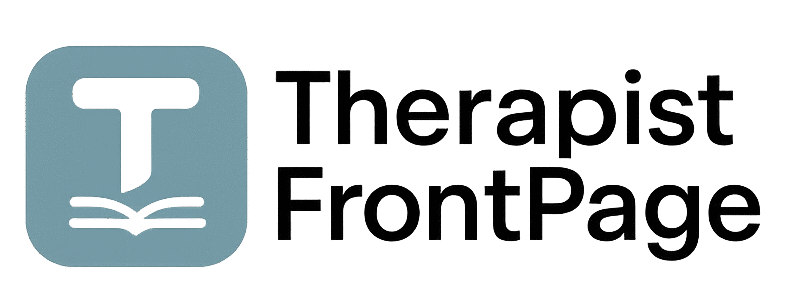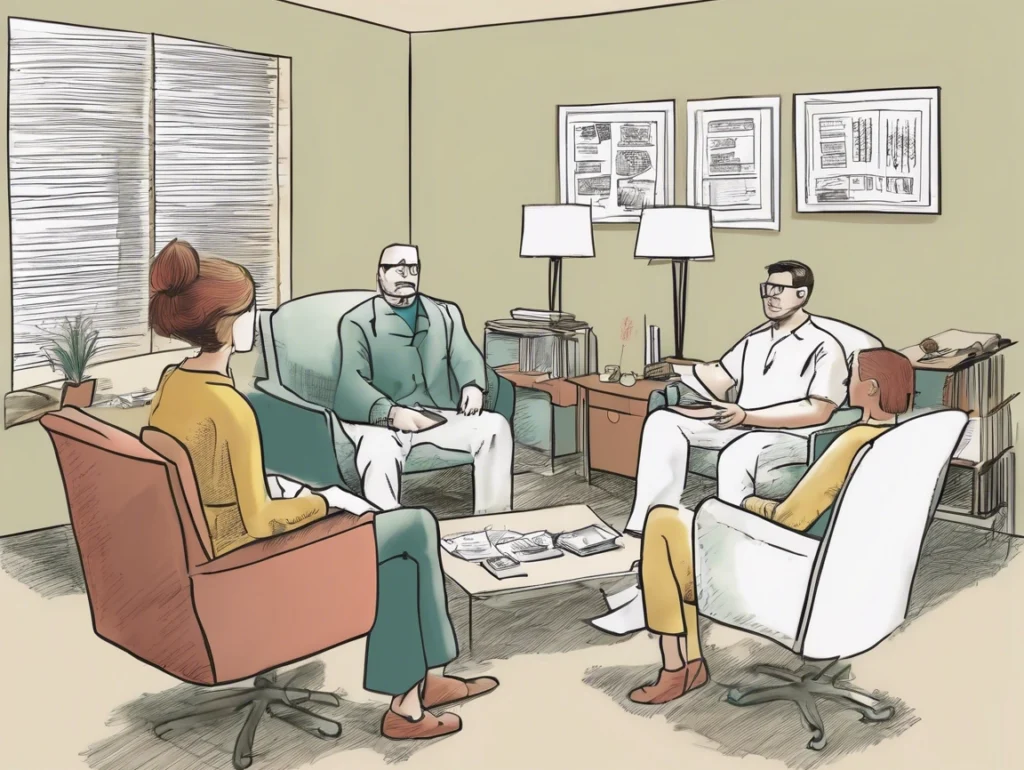Introduction
Making a decision on whether to incorporate insurance or operate on a cash-pay only basis can significantly impact a healthcare practice. Weighing the pros and cons of each approach can help guide practitioners to their own conclusion. Understanding each perspective can potentially optimize delivery of healthcare services to patients effectively.
The Case for Accepting Insurance
One of the key benefits of accepting insurance is that it can attract a large pool of insured patients. This results in steady, albeit lower, revenues due to the expansive coverage of insurance networks. Furthermore, it can expand your visibility as an in-network provider. Practitioners also garner credibility and trust as many patients often select practitioners based on their inclusion in insurance networks.
However, delving into the world of insurance claims involves considerable administrative work. The process is complicated with issues like denials, appeals, and delays in payment. Also, the agreed reimbursement rates with insurance companies can sometimes be below the usual fees, which may impact earnings.
Cash-Pay Only: A Simpler Approach?
Opting for a cash-pay only practice eases the administrative burden. It eliminates dealing with insurance companies altogether. This allows practitioners more time to focus on patient care, rather than paperwork. Furthermore, the prompt payment ensures a steady cash flow, enabling easier management of the practice’s financial aspects.
On the downside, a cash-pay only model may limit the patient pool. Services may become unaffordable for some, thereby losing potential patients. Additionally, even though prompt payments may ensure steady cash flow, revenues can be considerably lower than those from insured patients, especially for expensive procedures or treatments.
Choosing between the insurance-based model and a cash-pay only model depends on various factors like the size of the practice, patient demographics, and business goals. While insurance can attract a larger patient base, it brings along administrative complications. Cash-pay can simplify procedures but may limit patient reach. The ultimate decision should balance patient accessibility needs and the financial stability of the practice.



